Compromising on climate: How far do you go?
I’ve just come back from a short media briefing by the Executive Secretary of the UNFCCC Christiana Figueres. The climate secretariat’s headquarters is just next to our building, so it was not a problem for me to walk over and be back in half an hour. I’d love to be able to say the room was full. There were a handful of us, although no doubt there will have been some others following online.(But I didn’t hear questions from the big players I’ve heard in previous briefings either).
Two weeks ahead of the Cancun negotiations, there is a distinct lack of hype and a very low-key feeling about the whole business. After the big Copenhagen fiasco, it’s hardly surprising.
“Cancun will be a success if parties compromise”, says the Exec Sec. Well, we will certainly need a lot of compromising.
Mrs Figueres mentioned adaptation, technology transfer, forests and the funding of long-term financing as areas where she expects progress. More or less the same as what EU climate action commissioner Connie Hedegaard told me. What struck me, though, was a similarity in the two ladies’ rhetoric. BOth talk of the need for a “balanced set of decisions” and use similar cautious formulations which could fit a wide range of possible outcomes. My feeling is politicians and neotiators are taking no chances of getting it wrong this time.
Somebody asked a question about the organisation. You may remember there was chaos last time with too many people to fit into the conference centre and hour-long queues. This time, earlier advance registration and better planning are supposed to improve that. Given the overall feeling of disappointment and resignation hanging in the air, I don’t think the organisers will have to worry too much about a huge surge of participants this time.
Never mind, think of the emissions we’ll save on all those flights to Cancun.
Geoengineering – the “Plan B”

(Photo: Prof. Thomas Pettke, Institute for Geology, University Bern)
Cough pastilles? Ingredients for your Christmas baking?
No, these green crystals, which can be up to a centimetre in size, are actually olivine, the major constituent of the earth’s mantle.

This is what it looks like in vulcanic rock, in this case from Mount Erebus in Antarctica. (Photo by Hannes Grobe, Alfred Wegener Institute).
So what is the green rock doing on the ice blog? Well when olivine weathers and decomposes, it can remove carbon dioxide from the atmosphere. Scientists have been conducting experiments to find out how much, and whether artificially weathering the mineral could help counteract ocean acidification.
Researchers from the Alfred Wegener Institute for Polar and Marine Research in the Helmholtz Association and the KlimaCampus of Hamburg University have just published some model calculations. They say around a ton of olivine dissolved in water would be necessary for each ton of CO2 that could be transferred from the atmosphere to the ocean using this method.They assume the method is not suitable to neutralise present-day greenhouse gas emissions completely, but could be interesting on some scale as just one factor of many.
The Alfred Wegener Institute stresses it is not out to pave the way for the commercial implementation geoengineering measures with this research. “It makes an important contribution to improving the scientific database on geoengineering methods,” says Prof. Karin Lochte,the Director of the Institute.
Given the lack of progress on the large-scale emissions reductions that would be necessary to keep global warming to the 2 degree target, it’s hardly surprising that there is a strong interest in techniques like geo-engineering, whether it be installing mirrors in space or measures like this one.
Of course there are plenty of risks involved. The recent Biodiversity Conference in Nagoya, Japan, called for more information to help assess the potential effectiveness and the risks of geoengineering to the environment and biodiversity.
There’s more detail on all this on the AWI website
Self-interest as a motive for halting climate change
Let me just draw your attention to some thoughts from Matthis Wackernagel from Global Footprint Network indicating that interest in our own welfare could/should/must be the factor that will bring progress in the climate negotiations. You’ll find them here
Can Cancun find the funding? UN group points the way
One of the few things that did come out of last year’s disastrous Copenhagen climate conference was a commitment by developed countries to mobilize 100 billion US$ annually by 2020 to help developing countries take measures to adapt to climate change impacts and implement new climate-friendly technologies. The proof of the pudding, as we know, always lies in the eating. And in this case the pudding still has to be mixed and set.
On Friday, a group called the AGF – a special Highl-level Advisory Group on Climate Change Finance set up by UN Secretary General Ban Ki-moon in February this year – submitted its analysis to the UN. It demonstrates the feasibility of getting this public funding organised.
The next question is whether Cancun can com up with an agreement that will actually get the funds moving.
EU Commissioner Hedagaard told me in Brussels this was one of her priorities.
WWF says the AGF “provides a useful starting point for moving forward.”
“Now we look to governments to come up with the political mechanisms to get the finance actually flowing”, says Gordon Shepherd, leader of WWF’s Global Climate Initiative.
Given that there is no hope of reaching a binding post-Kyoto climate agreement at the Cancun conference, we can only hope for a package of measures to come out of the meeting which will at least take us some way towards reaching one next time round – and making some practical progress in the meantime. The developed countries have to deliver on the funding commitment.
There’s some useful background on the financing issue and the AFT on the UNEP website and on
the WWF website








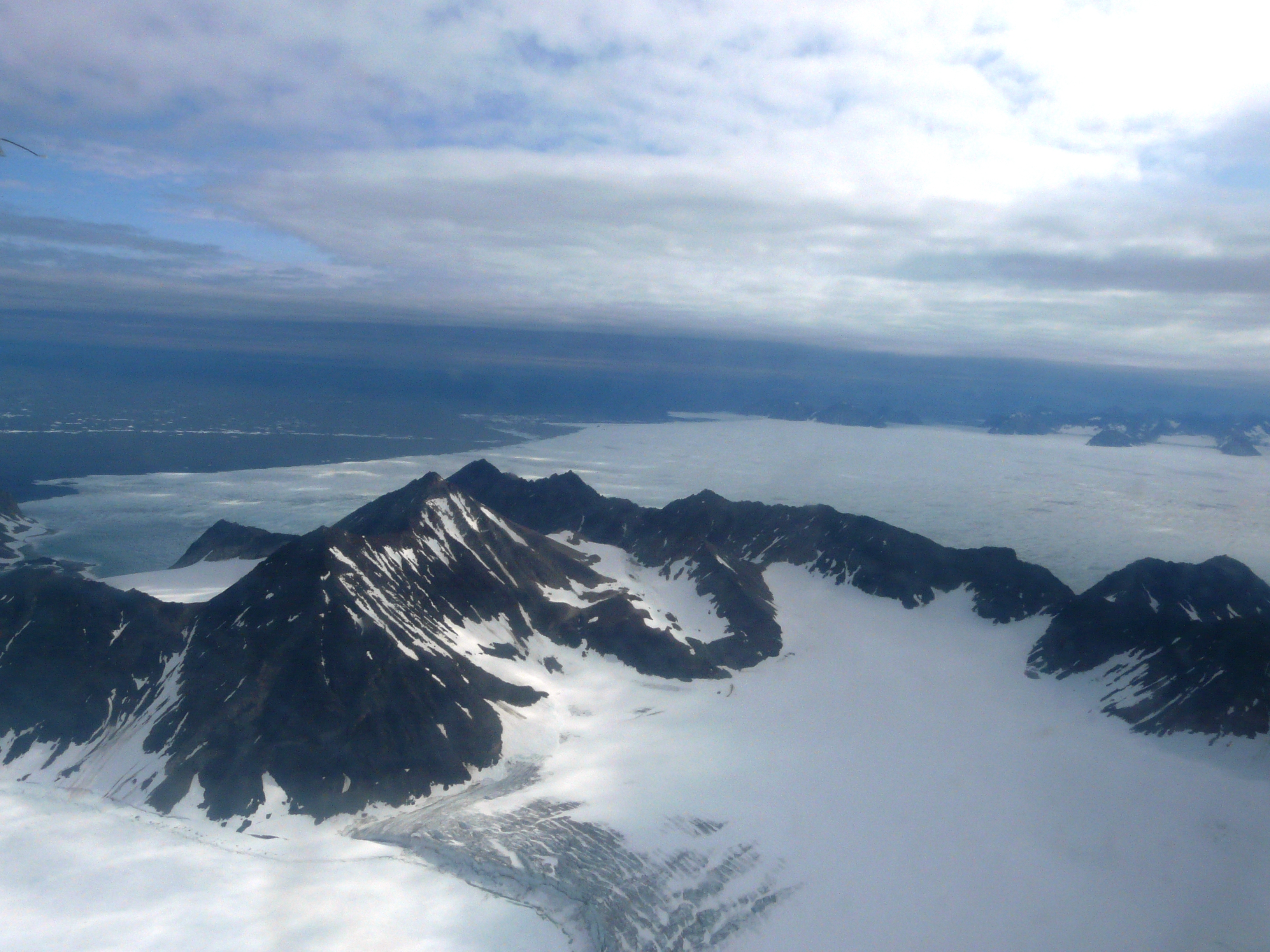


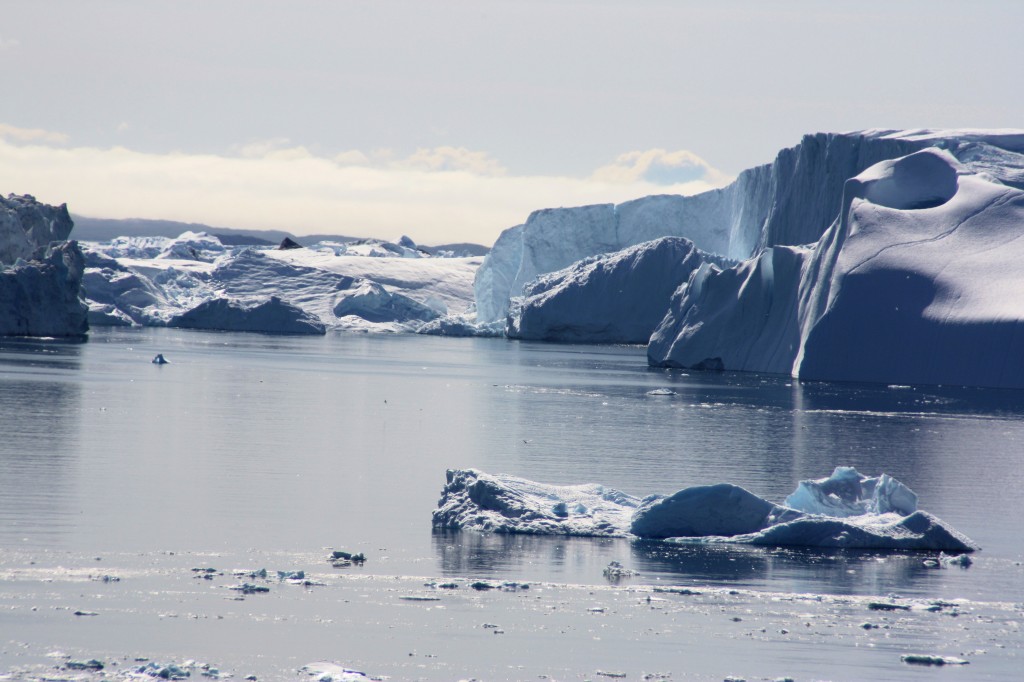
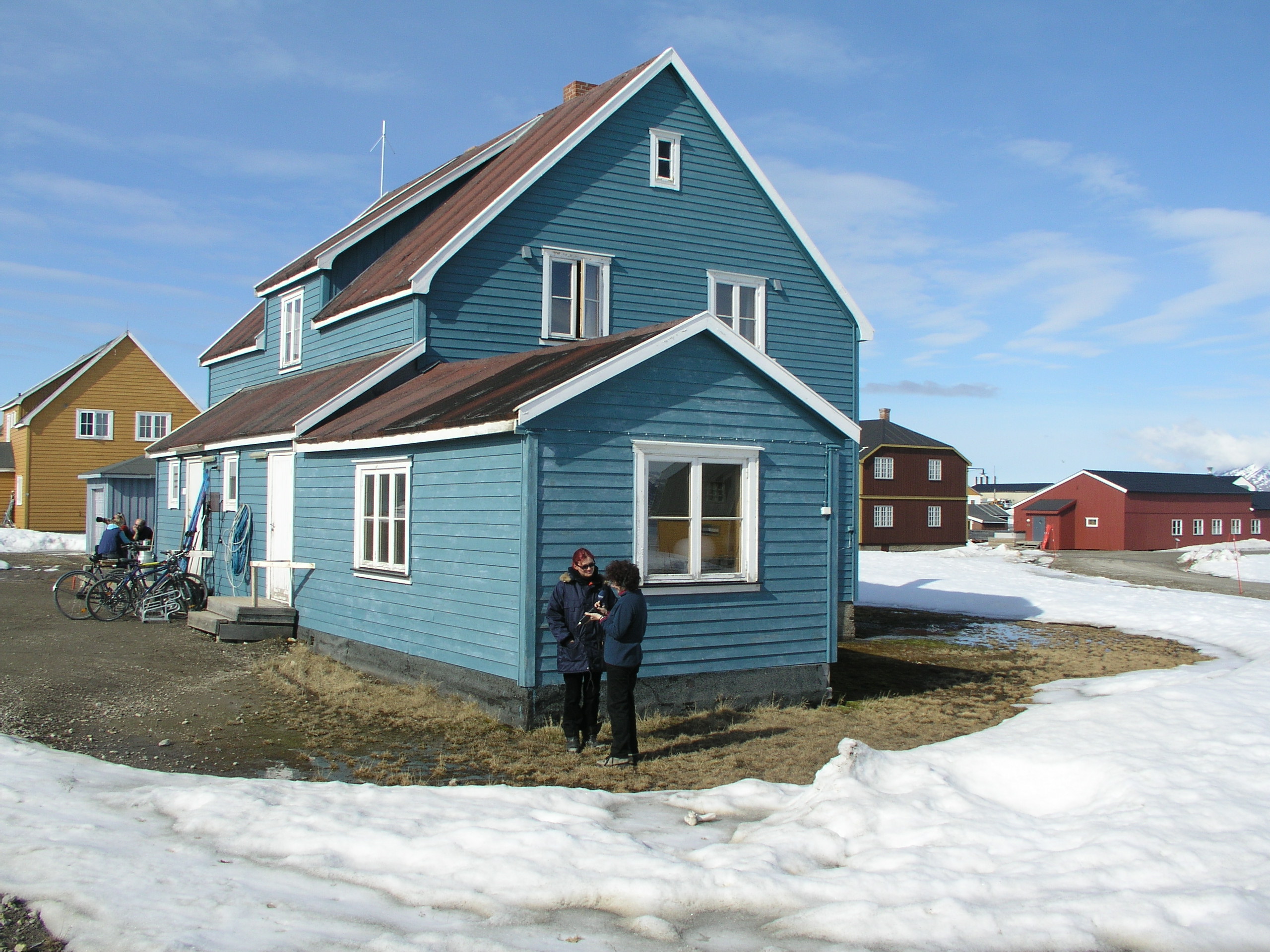
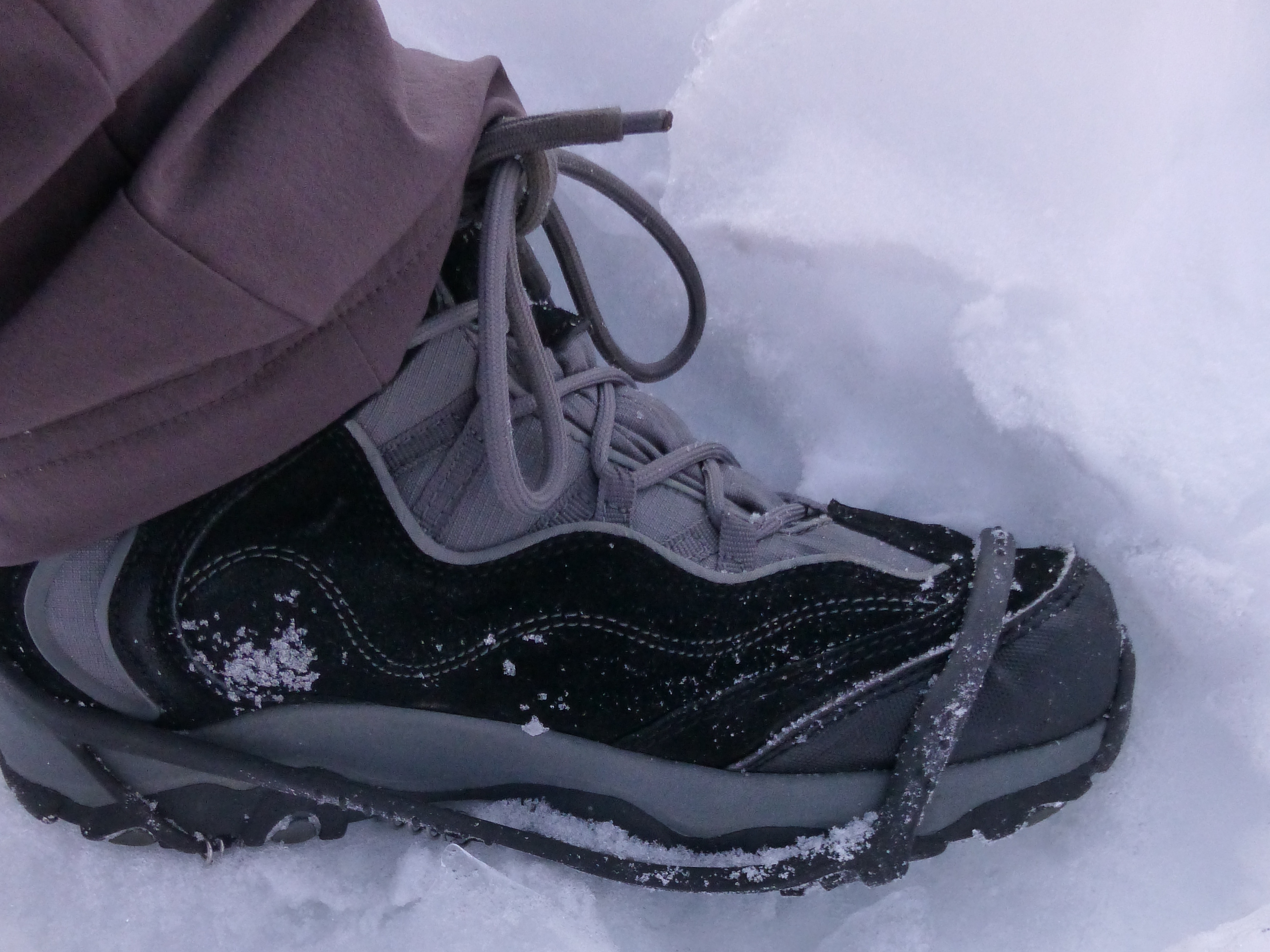
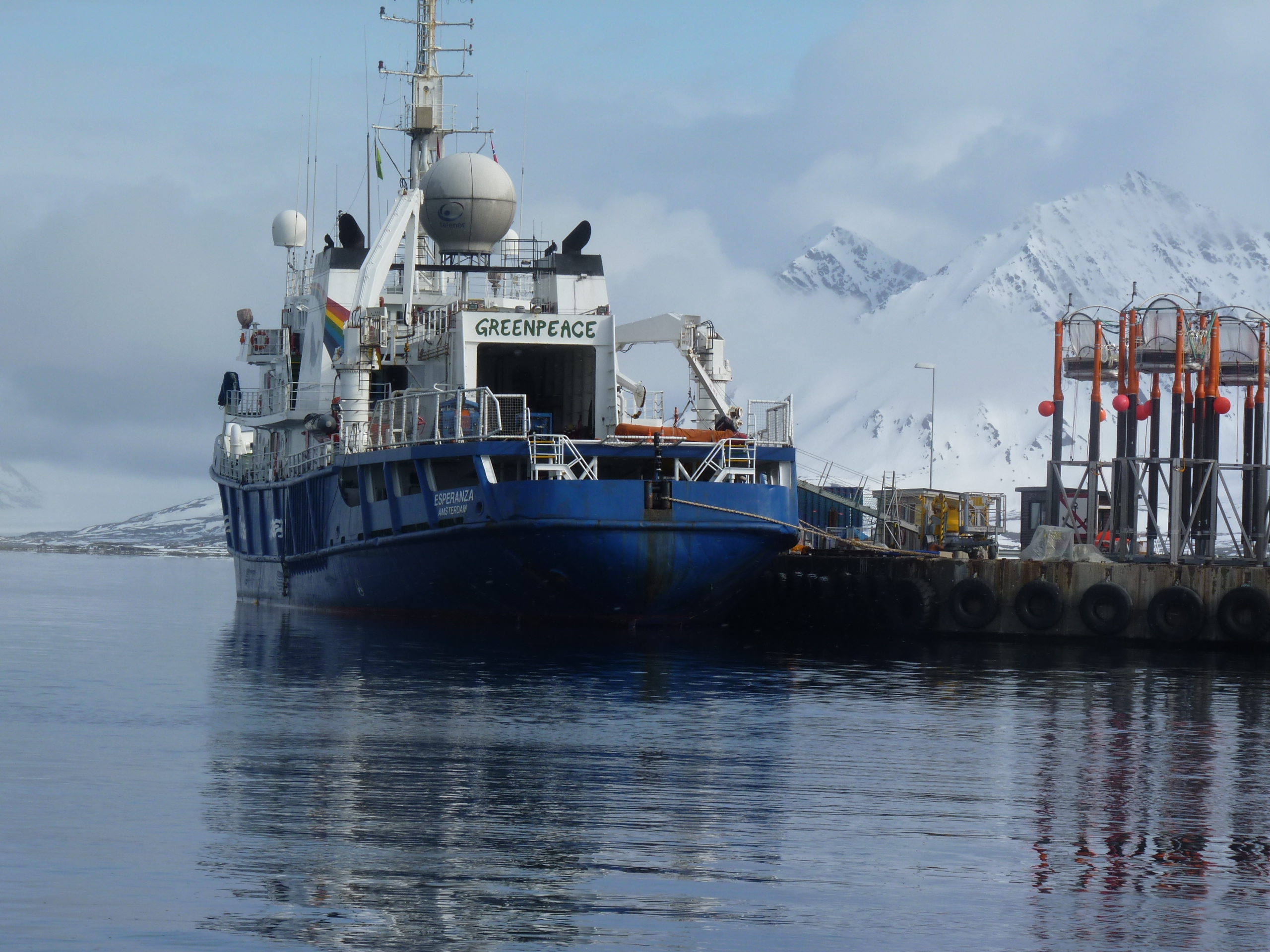
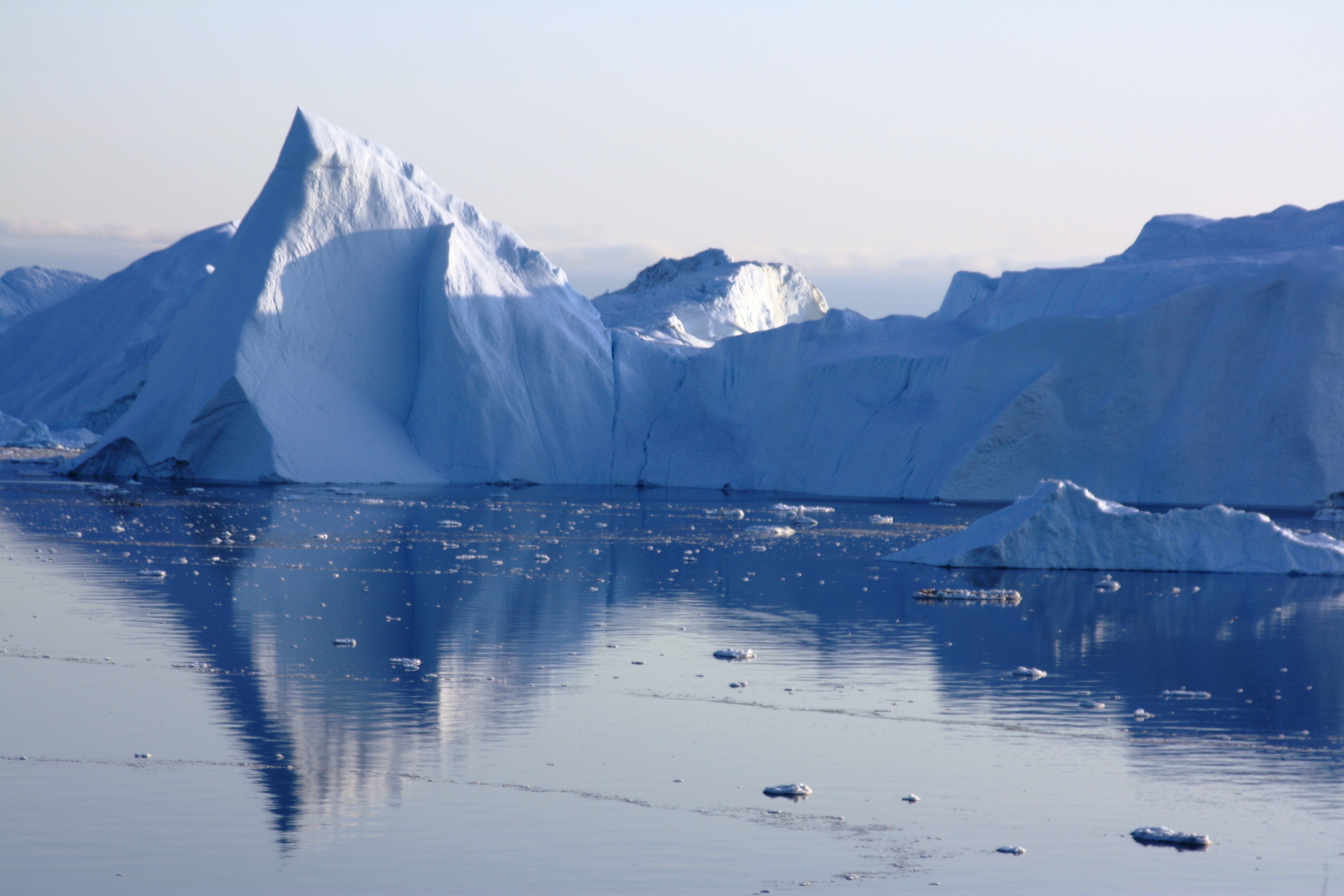
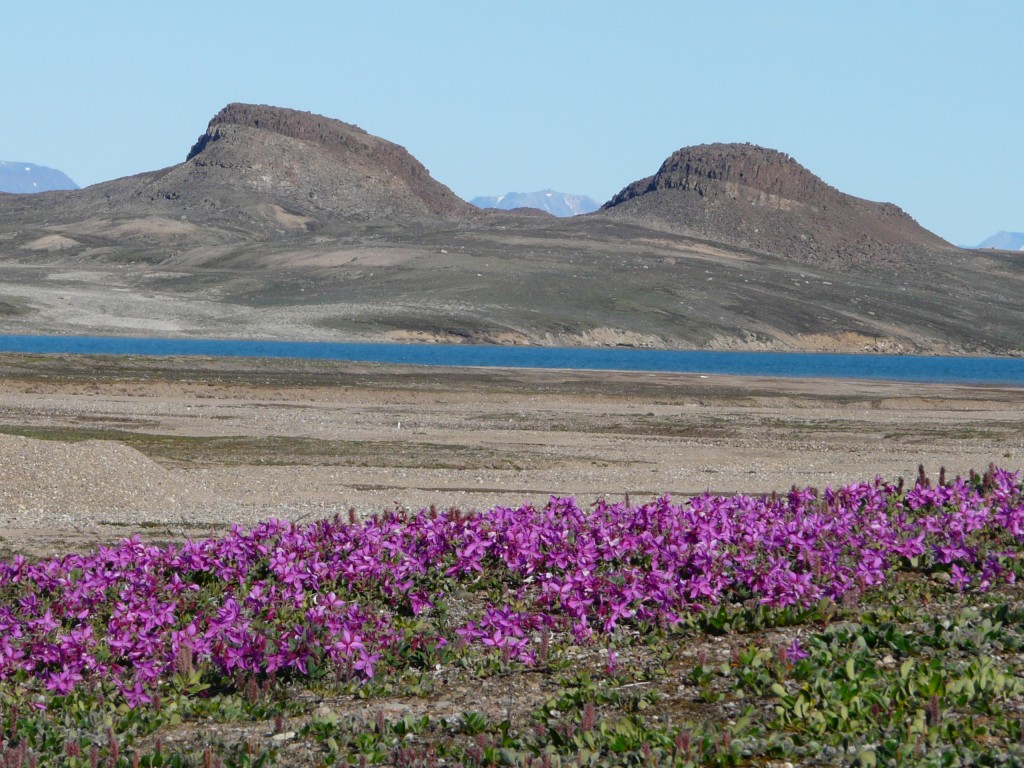
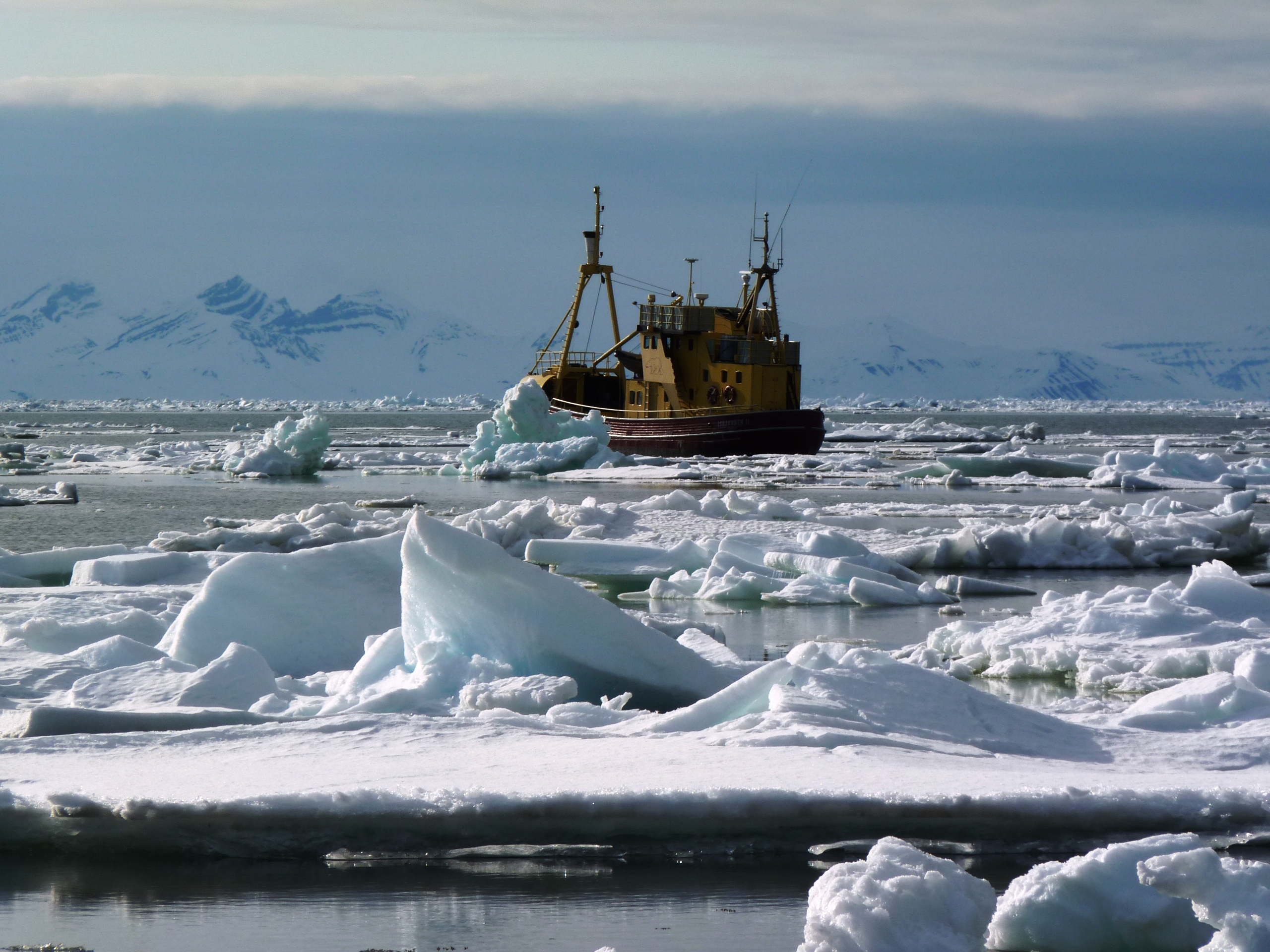


Feedback